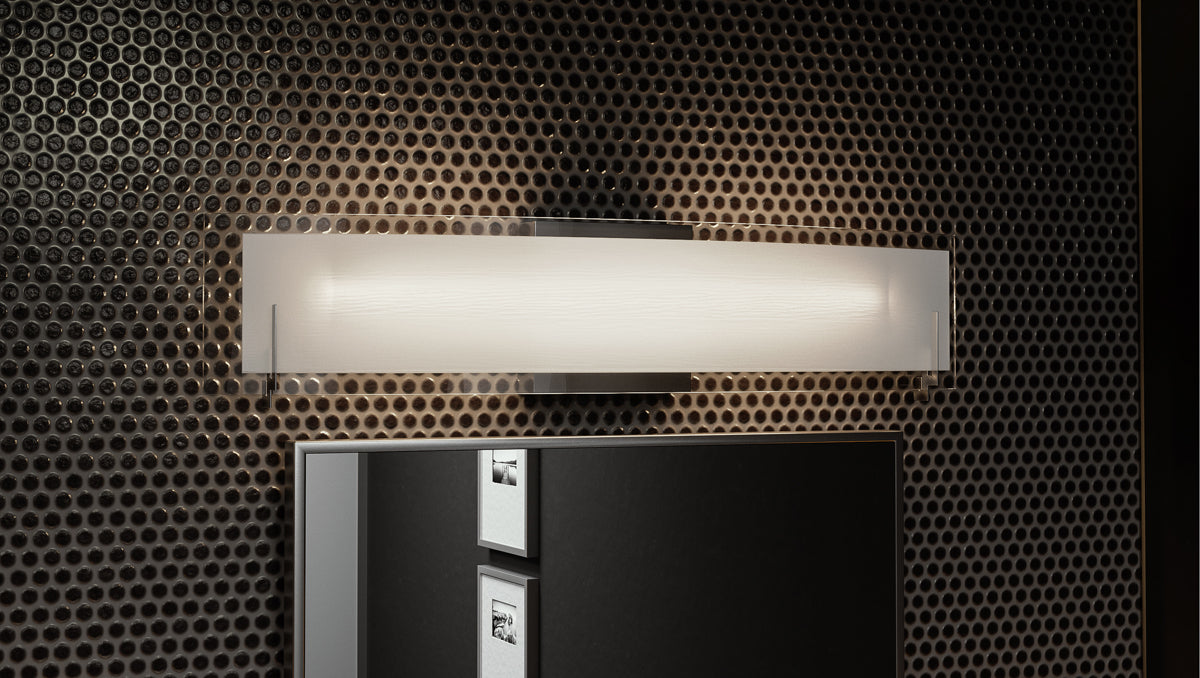On orders $99+
On orders $99+

Not all light fixtures are dimmable by default, but many can be made dimmable with the right combination of bulbs and switches. Incandescent and halogen bulbs are naturally dimmable, while LED and fluorescent bulbs require special dimmable versions. Additionally, an appropriate dimmer switch must be used, particularly for LED fixtures, to avoid issues like flickering or limited dimming range. Always check the fixture’s and bulb’s specifications, and ensure the dimmer switch is compatible to safely achieve adjustable lighting.
The ability to dim lighting fixtures provides versatility in creating the perfect ambiance for any room, but not all light fixtures are inherently dimmable. In this guide, we’ll explore what makes a light fixture dimmable, the types of lights that work best with dimmers, and how you can determine if your fixture can be dimmed.
A light fixture's ability to be dimmed depends on both the type of light bulb used and the compatibility of the dimmer switch with the bulb. Older incandescent and halogen bulbs are inherently dimmable, while modern LED and fluorescent fixtures require specific conditions to allow for dimming.
Incandescent and Halogen Bulbs:
LED Light Bulbs:
Fluorescent Bulbs:
To determine whether your light fixture can be dimmed, there are several factors to consider:
Check the Bulb Type:
Examine the Fixture Specifications:
Choose the Right Dimmer Switch:
If your current light fixture isn't dimmable but you'd like to enjoy the flexibility of adjustable lighting, consider these options:
Replace Non-Dimmable Bulbs:
Install a Compatible Dimmer Switch:
While not all light fixtures are dimmable by default, many can be made dimmable with the right combination of bulbs and switches. Incandescent and halogen bulbs are naturally compatible with dimmers, while LED fixtures require dimmable bulbs and LED-compatible dimmer switches. When in doubt, always refer to the manufacturer’s instructions and consult a professional to ensure that your fixture can safely accommodate dimming capabilities.
Helpful Links:
Illuminating Your Home: Understanding the Different Types of Lighting
Shedding Light on Lumens, Watts, and Kelvin: A Comprehensive Guide to Lighting Measurements
Navigating the Lifespan of Light Fixtures: When to Update or Replace
Leave a comment